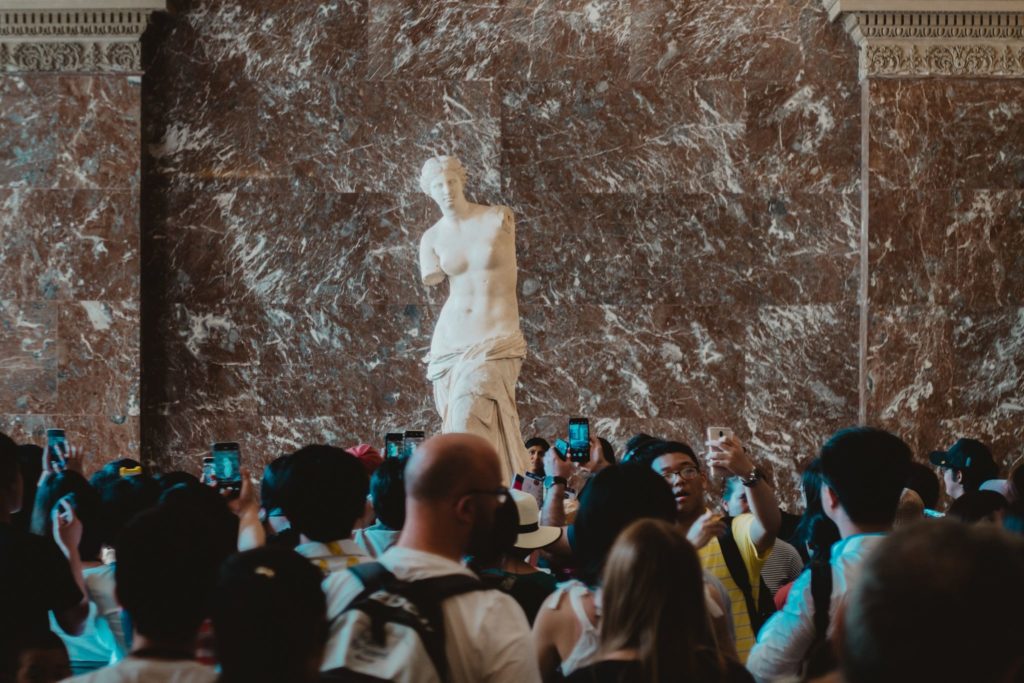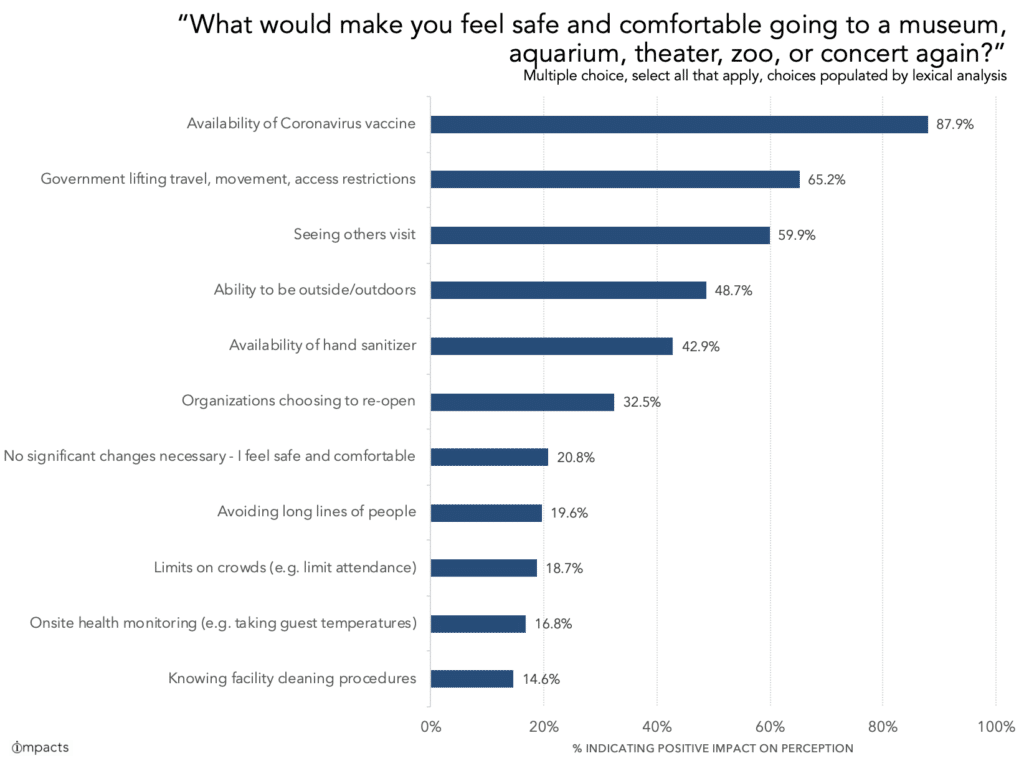INTERACTIVITY - MUSEUM - R&D
Jun 04, 2020Museums after Covid: under what conditions will the public return?
By Philippe Moreau – founder, Tactile Studio

Jewish Museum, Berlin, Germany / Photo Nick Fewings
It’s always tricky to guess future trends, and especially so at this very exceptional time. If it’s still too soon to understand the magnitude of the seismic shock that is affecting cultural sites, we can nevertheless start to anticipate some immediate issues for the public in a post-Covid, post-lockdown scenario and answer the question “Will the public return to museums and, if so, under what conditions?” This analysis is made possible by the studies of a private research institute, IMPACTS Research & Development, who questioned, from the outset of the crisis, a sample of around 2,200 Americans on their intentions, their concerns and their expectations.
Will the public ever return to museums?
The question may seem provocative or, at least, could have appeared provocative in February 2020. However, after seven weeks of domestic lockdown, of social distancing, of avoiding public spaces and public gatherings, it has gained legitimacy. At this time, when we hesitate even to grasp a door handle to enter a public place and when we avoid proximity to strangers, is the public ready to mingle in crowds again?

A dense crowd in front of a work of art: a very “pre-Covid” image
Responses to a preliminary study by IMPACTS Research & Development, published on 27 April, are very encouraging. Admittedly, rating the probability between 1 and 100 per cent of returning to museums in the future (in one, two, three weeks, six months, a year), respondents reckoned that there is little chance of them going during the next month. (The question seems irrelevant to the situation in France, but in the US not all the states have closed their museums). But the three-month estimates are roughly equivalent to the figures for 2019: intentions match their usual seasonal levels. Having carried out the same survey on a weekly basis throughout the crisis, the researchers were able to observe a noticeable change. Intentions to visit within three months were 50 per cent higher on 27 April than those declared on 13 March. So it seems that the public is prepared to return to cultural sites… but which ones?
In fact, cultural sites are not viewed equally, in terms of safety. In a survey of 8 April, those considered safest were outside or well-ventilated spaces, such as botanical gardens, open-air museums, zoos or aquariums. Those considered least safe were science museums, concert halls and theatres. Cinemas were not given more than 30 points (out of a maximum of 100) on intentions to return. Museums, with a score of 52, were about average and the public seems to have mixed views with regard to them. It also means that they need to be given assurances about visiting conditions.
Conditions for returning: the good news…and the less-good news
The question posed at the start of April was “what would make you feel safe and comfortable going to a museum, aquarium, theatre, zoo or concert again?” From the responses, it’s interesting to note that some conditions for the public to return depend only on factors specific to the cultural sector. First, the availability of a hand-sanitiser dispenser is important for 43 per cent of the respondents. And that’s good news: making a dispenser accessible, visible and topped-up is a simple and practical solution – well within the means of any institution. The second piece of good news is that fact that the respondents seem to have confidence in museum staff: the simple fact that you decide to re-open is proof enough, for 32 per cent of respondents, that the place is safe. Moreover, being informed about proper methods and frequency of hand-washing is important for just 14 per cent of respondents. It is, counter-intuitively, one of the factors which the public seems least bothered about. Limitations on attendance and managing queues are only important to between 17 and 19 per cent of respondents.
The bit where things get complicated is where visitors’ confidence rests mainly on factors beyond the museum. For 87 per cent of respondents, the availability of a vaccine is the first criterion that would give them a feeling of safety in a museum. Let’s remember that its development is under way and that the majority of predictions envisage entry into the market with a horizon of a year or so. Government decisions are the second criterion that would reassure respondents: 65 per cent want strong announcements on the lifting of restrictions on access, movement or travel.

Article first published online on Linkedin 30 April 2020

Sorry, the comment form is closed at this time.